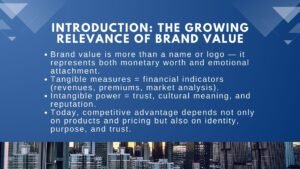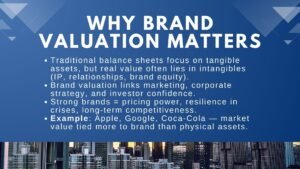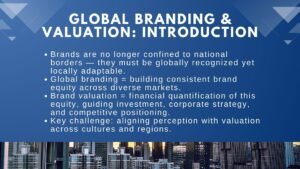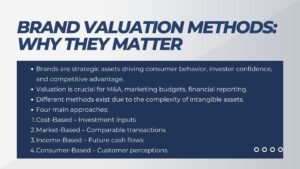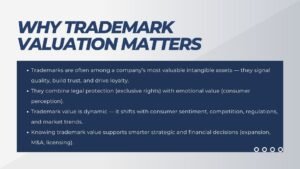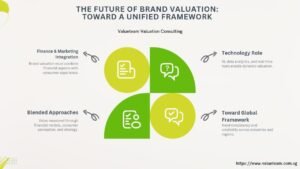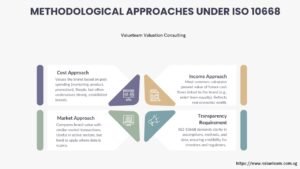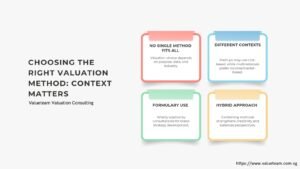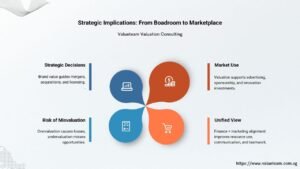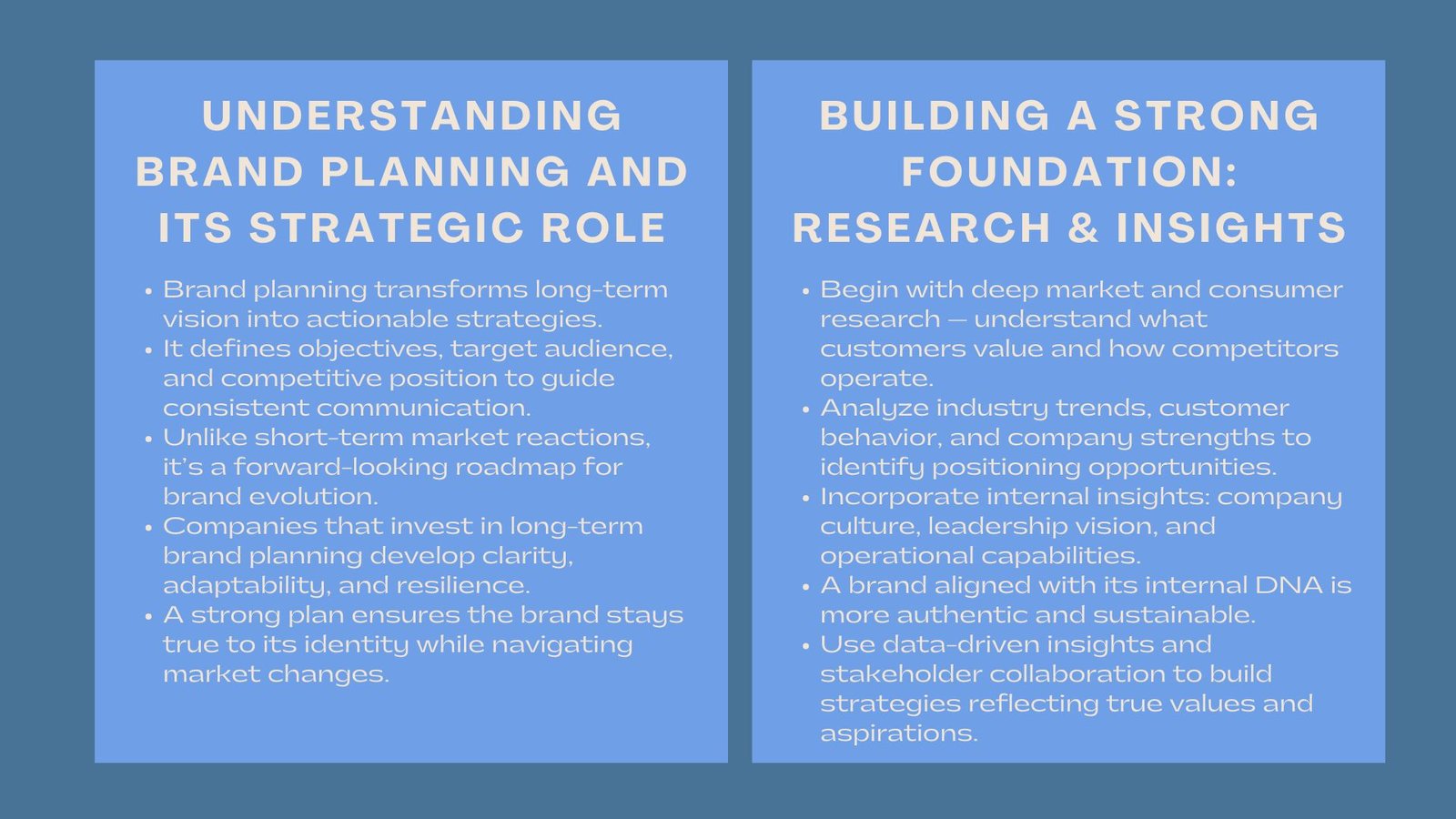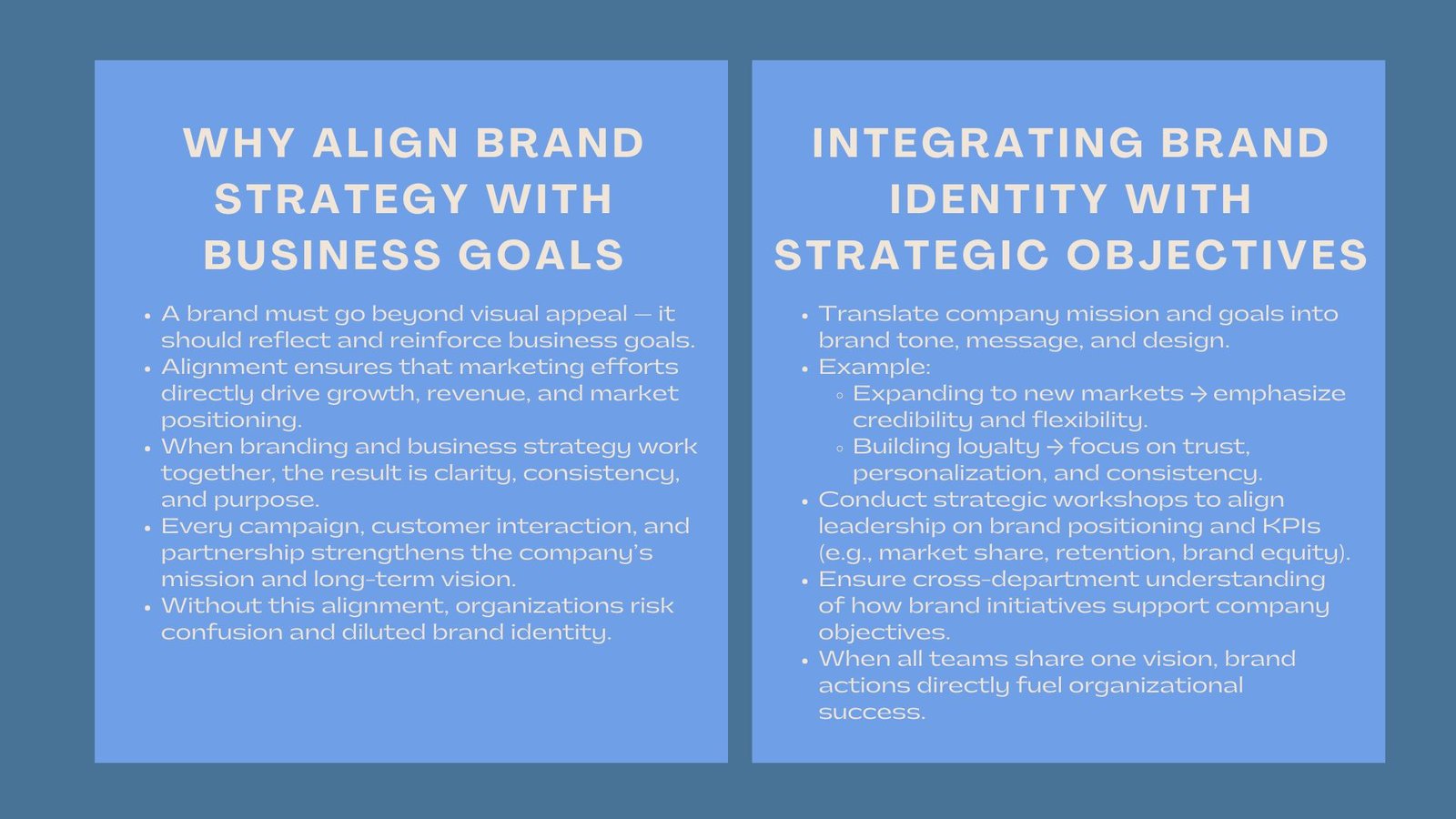
Brand Valuation Guide Tangible Measures and Intangible Impact
Brand Valuation Guide Tangible Measures and Intangible Impact
Brand value has become one of the most important assets of a business in the modern world of business and commerce. It is much more than a name or an eye-catching slogan It rather includes the monetary value of the brand, as well as the emotional attachment that it establishes with its stakeholders. The twofold quality of brand value renders this topic of discussion exclusive. On the one hand, tangible measures offer an orderly framework to consider financial inputs. Intangible power on the other hand reflects the influence that psychological, cultural, and reputational powers that brands have with markets and societies, making it closely linked to tangible vs intangible asset valuation Singapore brand discussions.
In the modern environment, organizations are forced to estimate a highly complicated environment where financial performance is not alone sufficient to provide long-range competitive advantage. Customers also base their decisions, not only on the quality of the goods provided at the best price but also on the issue of trust, identity and purpose which a brand provides to them. This has changed the valuation discussion away completely to an accounting-based view to a more comprehensive approach, which incorporates the less quantifiable factors.
Defining Tangible Measures of Brand Value
Measures of brand value that are tangible entail those financial indicators which are quantifiable in terms of the net economic effect that the brand produces on the performance of the organization. These actions are usually quantified in the form of accounting statements, market analysis and valuation techniques. Examples of the more visible outcome include revenue premiums on strong brands positioning, price elasticity enabling increased margins and ability to yield repeat business, which are often highlighted in what goes into a brand valuation report in Singapore.
Using market-based valuation-models as a window into these financial measures. Comparable company analysis, royalty relief approaches and discounted cash flow models are all used in attempts to put a value on the brand in terms of monetary units. Such strategies allow investors, regulators, and the management teams to have benchmarks to use in financial planning and reporting, and demonstrate how to separate tangible and intangible asset valuation Singapore in practical applications.
However, there are issues which appear even in these systematized models. The effect of the brand reputation on stock prices or determining the precise role that brand loyalty contributes to the long-term cash flows would require certain assumptions that may not give a complete picture of how consumers think and behave. However, physical indicators are always imperative to investors and those making business decisions because they need objective financial parameters to measure the well-being of a company.
The Intangible Power of Brand Value
Although the implementation of tangible measures has given the measurement a certain numerical foundation, in reality the tools with which the brand stands the strongest may lie in the intangibles. This dimension includes trust, reputation, emotional appeal, cultural meaning and influence to the society. Consumers have often been known to select not only brands based on their functional characteristics but also on their values and their identity. A sportswear brand can emanate the sensation of empowerment, and a technology organization can be termed as a token of innovation and advancement.
These non-material factors have the ability of revamping a brand into a culturally iconic brand Apple, as an example, has developed not only the image of quality products but also the sense of creativity and exclusivity much imparted that creates loyal patrons even to the irrational cost-benefit level. In much the same way, consumer brands around the world like Coca-Cola or Nike have worked to become embedded in the cultural storylines and individual identity.
The challenge is to measure these forces that are rather intangible. Although consumer sentiment surveys, brand power scales and reputation meters provide a sort of insight, they cannot always be translated into purely financial terms with respect to emotional or cultural values. However, organizations are slowly realizing that it is the intangible power that will help move beyond sustainable brand equity. By making customers associate themselves emotionally or ideologically with a particular brand, the company would tend to experience milder defections even in the event of lower prices.
Balancing Tangible and Intangible Dimensions
The real struggle of the business is to achieve an optimal balance between hard measurements of financial performance and soft measurement based on the brand strength. Being too concerned with the financial results may turn the brand into a commodity, negating the effect of long-term loyalty gained through trust and identity. On the other hand, one cannot take intangible perceptions on their own and separate them completely from financial performance since it can cause lack of connection between the brand storytelling and business feasibility.
Forward thinking organisations combine the two in their approach. They apply financial measures to achieve accountability and investor confidence and at the same time expend proceeds in marketing, corporate social responsibility, and cultural engagements to enhance intangible aspects. This two-fold strategy recognises that brands are both a financial asset and a social construct which live off perception and relations.
Company resilience is also informed by brand strategic matching of tangible and intangible measures. Companies with strong intangible power in terms of reputational capital often find themselves bouncing back quicker during times of crises as consumers and investors assume that they have the good of the company at heart. On the other hand, the companies that already have weak reputations can be criticized (disproportionately) even without the fundamental issue of their finances.

Brand Value in a Changing Global Context
The balance between physical action and immaterial strength is changing at a fast pace with the global markets experiencing changes in technologies, cultures, and consumer demands. The digital era has increased the importance of intangible assets in that consumers now have space to voice their opinions and influence brand reputations no longer limited to real-time experiences. A viral campaign has the ability to enhance brand affinity in a matter of days whereas a reputational mishap is capable of damaging the goodwill of years.
Sustainability and social responsibility are additional signs of the increasing importance of intangible power. Customers are increasingly insisting on trusting that brands do the right thing, show some degree of environmental protection and social awareness. Such expectations cannot be expressed quantitatively in balance sheets but have a considerable input in behavior of consumers and consequently financial performance. Brands that do not react to these market changes are those that can be subjected to losing their intangible resources and their tangible incomes.
Simultaneously, financial participants are becoming receptive as well. Environmental, social, and governance (ESG) factors have come into the consideration of investors and regulators in evaluating the brand value. Consequently, the hard and fast demarcation between the concrete financial metrics and the soft powers is becoming more permeable with the latter elements coming into the mainstream valuation and estimation frameworks.
Conclusion: Reconciling Two Sides of Brand Value
To unpack brand value involves the duality of quantification and quantifiable force. Quantifiable interventions will give the businesses the financial foundation that they need to measure brand impact, and to generate interest investments. Intangible power, however, constitutes the long-term strength that generates loyalty, identity and integrates a brand into the cultural stories.
Both sides cannot be ignored without a risk Financial responsibility can be used to make a business sustainable but the aspects of emotional resonance will lead to distinction and the long time survivability of the business. The next generation of brand valuation will be characterised by creation of consolidated models that do not criticise the quality of formal analysis without also benefiting by understanding the facility of the human perceptions.
Those who expect to get the real worth of a brand in figures, and those who want to be satisfied with the fate of a brand in emotions, are both ill-wished. It lies at the cross-section of economic performance and cultural relevance. Companies that are able to negotiate this intersection will not only be able to maximize their market value, they will enjoy long-standing brand success in both financial markets and in the collective imagination.


